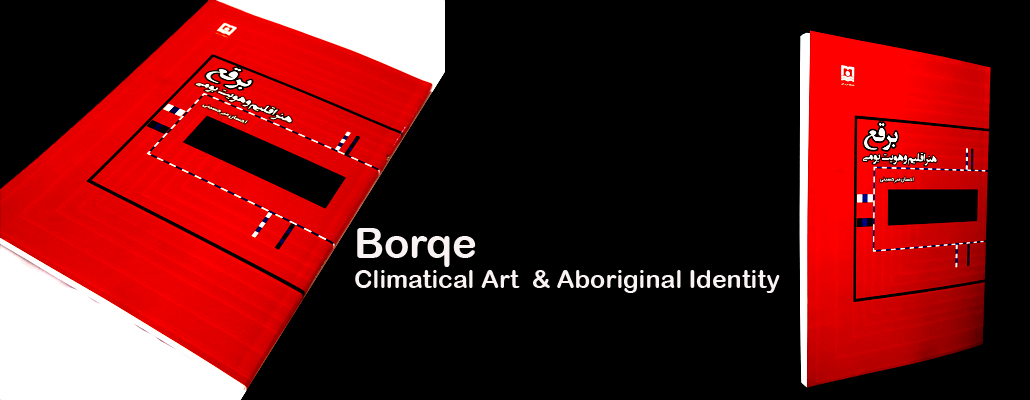Introduction
The burqa, traditionally worn by women in the Hormozgan region of Iran, is a distinctive facial mask that holds cultural significance and has evolved. Unlike the common perception of the burqa as a long, nondescript garment in dark colors, the Iranian burqa is colorful, decorated, and unique. This article will explore the Iranian burqa’s history, significance, and cultural aspects, shedding light on its various forms, usage, and changing role in society.
Evolution of the Iranian Burqa
Expressing Identity through Motifs, Colors, and Forms
While the hijab is primarily associated with religious beliefs and conceals various body parts, the burqa in Iran serves a broader purpose. It is not merely a religious garment but a means for women to express their identity. The burqa is adorned with motifs, colors, and unique designs that symbolize the wearer’s individuality. It serves as a canvas for self-expression and cultural representation.
Protection and Disguise
Beyond its aesthetic appeal, the burqa also offers practical benefits. The intense sunlight in the Hormozgan region necessitates protection against harmful UV rays. The burqa’s fabric shields the face from direct exposure to the sun, preserving the wearer’s skin health. Additionally, women engaged in traditional low-class occupations, such as vendors, find refuge in the burqa’s ability to provide anonymity. It allows them to blend into the crowd and maintain privacy while carrying out their daily activities.
Cultural Influences and Regional Variations
The Hormozgan region shares cultural similarities with neighboring Arabic countries in the Gulf, which influence the type of burqa used. In Hormozgan, three main types of burqa are prevalent: Schiele, fabric, and textile. In contrast, the Arab world predominantly adopts the Schiele type. The Schiele burqa, machine-sewn and thicker, is known for its durability, while the handmade Hormozgan variant offers a distinct charm and authenticity.
Transformations and Adaptations
Social and Environmental Factors
As with any cultural artifact, the form and usage of the burqa have changed over time. Factors such as population growth, including in rural areas, climate variations, and cultural shifts have influenced how the burqa is made and worn. Traditionally crafted from wood, modern-day burqas utilize materials like plastic or plexiglass to accommodate evolving needs and preferences.
Aesthetic Recognition and Artistic Appreciation
While the burqa was once viewed solely as a handicraft, recent research has shed light on its artistic qualities. The extensive fieldwork conducted in Hormozgan, encompassing visits to approximately 40 villages, unveiled the burqa’s intricate details and cultural significance. The burqa’s motifs, colors, and patterns mirror the local climate and customs. It has emerged as a practical garment and an artistic expression of identity and cultural heritage.
read the related posts
Cultural Significance and Contemporary Use
Climate and Cultural Factors in Burqa Usage
How the burqa is worn in Hormozgan is influenced by climate and culture. Women wear the burqa to protect their skin from the scorching sun and harsh sand winds prevalent in the eastern parts of the region. The burqa’s colors and patterns indicate a woman’s location, age, marital status, and whether she is single, divorced, or widowed. It acts as a visual language, providing insights into a woman’s background and social standing.
Complex Meanings and Personal Choices
During the research process, fascinating encounters with burqa-wearing women unveiled the complex meanings associated with this cultural symbol. Some women referred to the burqa as a hijab, linking it to religious beliefs and modesty. However, access to the burqa was not universally granted. A woman from Jask declined to show her burqa, citing the author’s lack of mahram (close male relative) status. This incident highlighted the importance of social customs and personal boundaries associated with the burqa.
Changing Landscape and Future Perspectives
As Iran undergoes societal transformations, the traditional usage of the burqa has seen a decline. However, it remains part of contemporary lifestyle and culture in specific regions of Hormozgan, where local beliefs and unique weather conditions contribute to its persistence. The burqa must transcend its traditional role and find new fashion, theater, and art contexts. Its vibrant colors, intricate designs, and cultural significance make it a source of inspiration for creative endeavors.
Conclusion
The Iranian burqa is far more than a mere mask; it is a cultural symbol that reflects the women’s identity, beliefs, and customs in the Hormozgan region. Through its colorful and unique designs, the burqa serves as a means of self-expression and protection against the elements. Its transformation over time, influenced by social, environmental, and cultural factors, has revealed its artistic qualities and cultural significance. While the traditional usage may diminish, the burqa is poised to leave an indelible mark in other domains, captivating the world with its beauty and cultural heritage.
